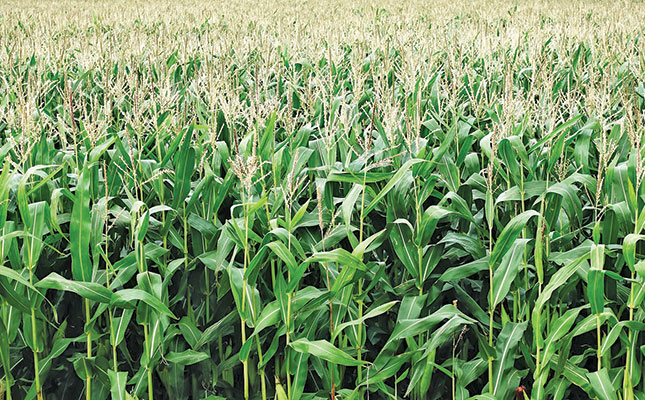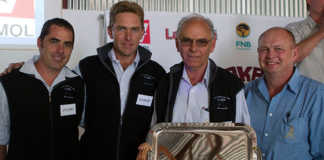
Photo: FW Archive
The South African grain production industry is highly dependent on imported agricultural inputs, which means local grain prices are subjected to the same supply and demand forces that drive international markets.
According to the Bureau for Food and Agricultural Policy’s (BFAP) recent, annual summer grain scenario planning report published on behalf of Grain SA, the average international direct allocatable cost to produce a ton of maize amounted to R894/t maize produced, while locally, the cost was 43% higher at R1 277/t. The fertiliser cost component was also on average, 80% higher in South Africa.
READ How to achieve optimal maize production
The lower local cost competitiveness was further being exacerbated by climatic challenges, and according to BFAP, domestic producers were performing exceptionally well given the relatively low rainfall in South Africa.
Jaco Minnaar, Agri SA vice chairperson, said South African grain producers were probably the best moisture managers in the world, especially producers in the more arid western part of the country’s summer grain production region.
According to him, these farmers had learnt to not only manage soil moisture effectively through minimum tillage and effective weed control, but also to adapt to the volatility of the climate.
READ How Free State maize farmer survived the drought
“Without effective management to retain as much moisture in the soil as possible, grain production would have been close to impossible. The way local producers have developed into world-renowned moisture managers puts them [at the] top of the list of the best in the world,” Minnaar said.
The most severe effect of international inputs was evident in the category that included tractors, combine harvesters, implements and machinery. This category showed a local negative growth of 19% between January and July 2020, compared with the three-year average, the report said.
The high dependence on imported inputs for agricultural production in South Africa left the country’s agriculture sector exposed, due to volatility in the macro-economic environment.
Due to the rapid depreciation in the rand against the US dollar, domestic prices of herbicides and insecticides also did not see the same decline as was reported on the international market, with herbicide prices, for example, increasing 12%.
The substantial decline in the international oil price of 34% during the COVID-19 pandemic had resulted in a decrease of 20% in fuel prices between October 2019 and June 2020.
However, after June, oil prices gradually recovered, which resulted in fuel prices increasing 16% in September. The overall cost of fuel for the year was nonetheless still projected to be lower than 2019 price levels.
Internationally, the cost of fertilisers had shown a decrease since the beginning of the year, and lower international prices were somewhat absorbed by the domestic market, but were offset by a weaker rand against the US dollar.











